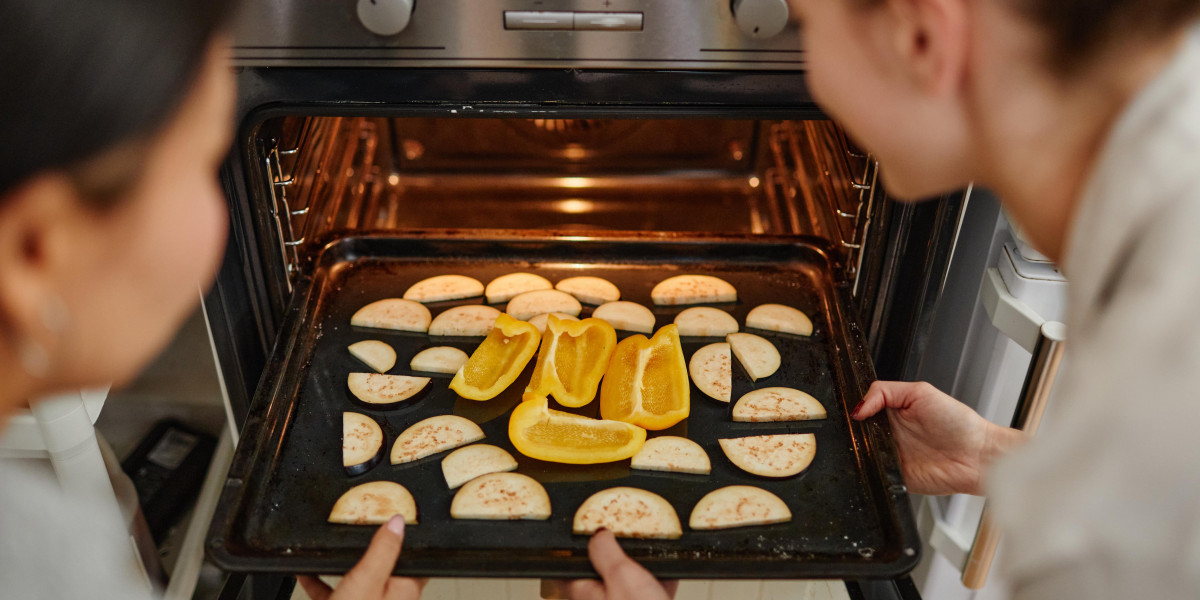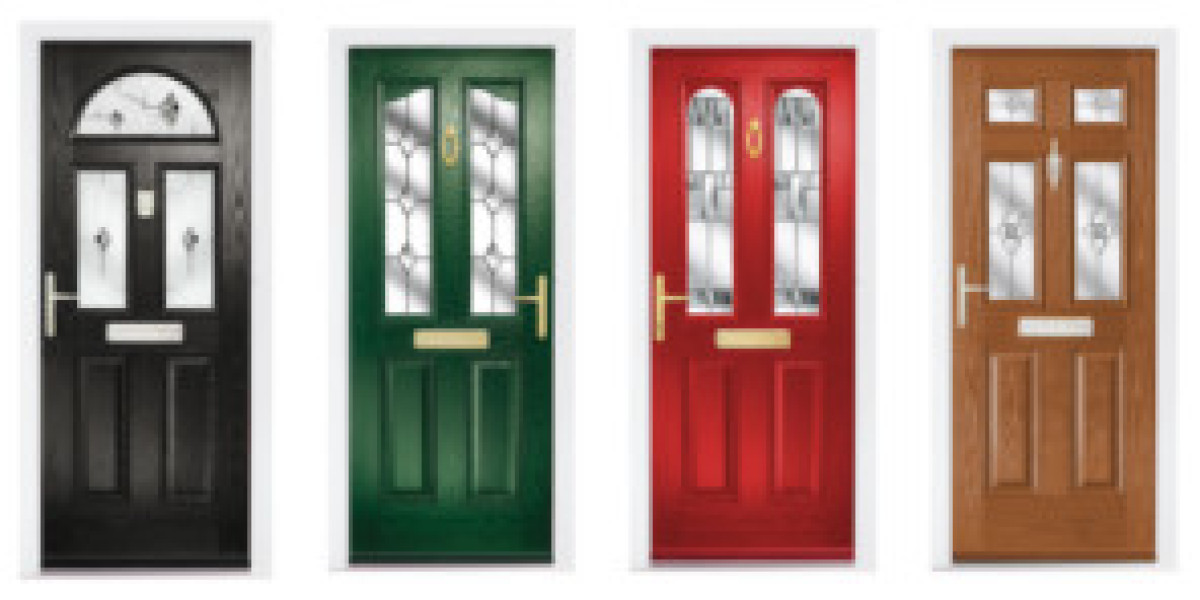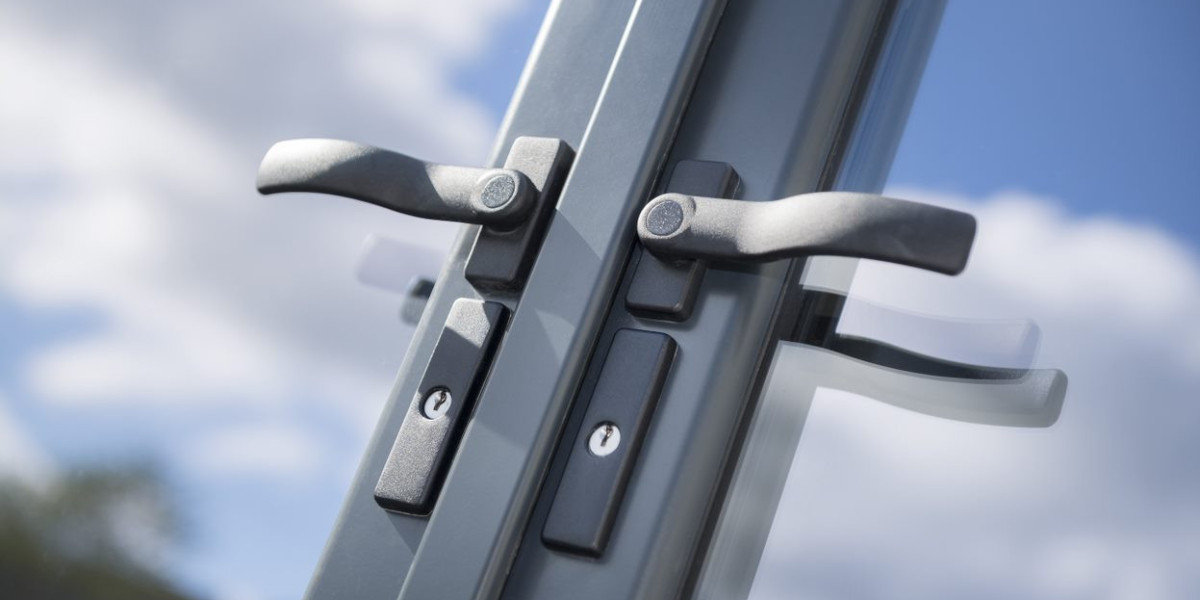
Keeping the Purrfect Passage Open: A Guide to Cat Door Maintenance
Cat doors, likewise understood as pet doors or cat flaps, are a fantastic addition to any home with feline companions. They provide cats the freedom to explore the outdoors (or designated locations within the house) and eliminate themselves, all while providing owners peace of mind and lowering the number of unscripted door-opening demands. Nevertheless, like any other feature of a house, cat doors are not immune to wear and tear. Regular maintenance is essential to guarantee they continue to function correctly, remain protected, and supply a comfy and safe passage for your precious cat. Disregarding maintenance can result in a host of problems, varying from a stiff and loud flap to a total breakdown, possibly locking your cat out or, worse, compromising your home's security.
This short article will dig into the value of cat door maintenance, laying out the necessary actions to keep your pet's access point in prime condition. By understanding the simple maintenance needed, you can extend the life-span of your cat door, guarantee your safety cat flap installation's continued liberty, and avoid costly repairs or replacements down the line.
Why Regular Cat Door Maintenance Matters
Keeping your cat door is more than simply a cosmetic task; it's an investment in the performance, security, and longevity of the feature, along with the comfort and wellness of your cat. Here are some key reasons why regular maintenance is essential:
- Ensures Smooth Operation: Dust, debris, and weather components can build up around the hinges and flap of a cat door, triggering it to end up being stiff, sticky, or noisy when opening and closing. Routine cleaning and lubrication prevent these concerns, guaranteeing the door runs smoothly and calmly, motivating your cat to use it without hesitation.
- Extends the Lifespan of the Door: Like any mechanical part, cat doors undergo wear and tear. Neglecting maintenance can accelerate this process, causing early damage and the need for replacement. Routine cleaning, lubrication, and addressing minor problems quickly can substantially extend the life-span of your cat door, saving you money in the long run.
- Maintains Security: An effectively working cat door must close securely after your cat travels through. Harmed or incorrectly maintained doors might not close completely, potentially jeopardizing your home's security by leaving spaces that might be made use of by intruders or permit drafts and bugs to go into. For electronic or microchip-operated doors, consistent maintenance makes sure the locking mechanisms and sensors work reliably, keeping regulated access.
- Avoids Drafts and Energy Loss: An improperly kept cat door can end up being a considerable source of drafts, specifically in cooler environments. Spaces around the flap or frame due to damage or debris can let cold air in and warm air out, increasing your energy costs. Correct sealing and weather removing maintenance is important to maintain energy efficiency.
- Promotes Hygiene: Cat doors are exposed to the elements and can collect dirt, mud, and even insect infestations in time. Routine cleansing assists preserve a hygienic passage for your cat and prevents the transfer of dirt and bacteria into your home.
- Lowers Noise: A neglected cat door can become loud, specifically in windy conditions. Squeaking hinges or a rattling flap can be disruptive to both you and your cat. Lubrication and tightening of loose components can considerably reduce sound levels.
- Early Detection of Problems: Routine maintenance enables you to examine your cat door closely and determine any prospective problems early on, such as fractures, loose screws, or malfunctioning parts. Attending to these minor problems immediately can prevent them from escalating into more substantial and pricey repairs.
Kinds Of Cat Doors and Maintenance Considerations
While the basic maintenance concepts apply across most cat doors, various types might have particular requirements. Here's a short overview of common cat door types and maintenance considerations:
- Basic Flap Doors: These are the most basic and most typical type. Maintenance mostly includes cleaning the flap and frame, oiling hinges, and looking for damage to the flap product (plastic, rubber, or flexible polymer).
- Magnetic Cat Doors: These doors utilize a magnetic collar secret to allow entry only to cats using the secret. Maintenance consists of the same tasks as basic flap doors, plus guaranteeing the magnetic mechanism is clean and without debris. Likewise, check the collar key's magnet is still functional.
- Microchip Cat Doors: These doors use a microchip scanner to acknowledge your cat's implanted microchip, using selective entry. Maintenance includes cleansing, inspecting for damage, and periodically replacing batteries if it is battery-powered. The scanner lens need to be kept tidy for trustworthy chip detection.
- Electronic Cat Doors: These doors might utilize infrared or radio frequency (RFID) technology for selective entry, typically with sophisticated features like curfew settings. Maintenance involves cleaning, checking for damage, battery replacement (if appropriate), and occasionally recalibrating or reprogramming the electronic elements according to the maker's guidelines.
Necessary Cat Door Maintenance Tasks: A Step-by-Step Guide
Developing a regular maintenance schedule will keep your cat rescue door installation door operating optimally. Here's a breakdown of common maintenance jobs:
1. Routine Cleaning (Weekly/Bi-weekly):
- Gather Supplies: You will require:
- Mild soap or cleaning agent
- Warm water
- Soft cloth or sponge
- Paper towels or a tidy, dry fabric
- (Optional) Disinfectant wipes (pet-safe)
- Wipe Down the Flap: Use a wet fabric or sponge with soapy water to clean both sides of the flap. Eliminate any dirt, mud, fur, or insect residue.
- Tidy the Frame: Clean the entire frame of the cat door, both inside and out. Take notice of corners and crevices where dirt can collect.
- Dry Thoroughly: Ensure all parts are completely dry to avoid mildew or rust.
- Sanitize (Optional): If preferred, use pet-safe disinfectant wipes to sanitize the door and frame, particularly if you have several felines or want to keep additional hygiene.
2. Lubrication (Monthly/As Needed):
- Identify Hinges and Moving Parts: Locate the hinges, pivots, or any other moving parts of the cat flap fitter door system.
- Apply Lubricant: Use a silicone-based lubricant spray or a dry lube (like graphite powder) specifically designed for hinges and moving parts. Prevent oil-based lubricants, as they can bring in dust and become sticky in time. Apply moderately to avoid drips.
- Work the Door: Open and close the cat door flap several times to distribute the lube evenly and make sure smooth, peaceful operation. Wipe away any excess lubricant.
3. Inspection and Repair (Monthly/Seasonally):
- Check for Damage: Carefully check the flap for fractures, tears, or warping. Look for damage to the frame, weather condition removing, or any locking systems.
- Tighten Up Loose Screws: Check all screws securing the door frame to the door or wall and tighten any that are loose. Loose screws can cause instability and drafts.
- Check Weather Stripping: Examine the weather condition removing around the flap and frame for damage, fractures, or spaces. Change damaged weather stripping to keep a good seal and avoid drafts.
- Battery Check (Electronic/Microchip Doors): If your door is battery-operated, check the battery level frequently and replace batteries according to the producer's suggestions. Low batteries can trigger malfunctions and undependable operation.
- Sensing Unit Cleaning (Microchip/Electronic Doors): Gently tidy the sensor lens with a soft, dry cloth to guarantee accurate chip or key detection.
4. Seasonal Maintenance:
- Winter:
- Check for ice accumulation around the flap and frame. Carefully get rid of ice to avoid damage and ensure smooth operation.
- Make sure weather stripping remains in great condition to prevent drafts and cold air entry.
- Summer season:
- Check for insect nests or invasions around the cat door. Clean away any nests and consider utilizing pet-safe insect repellent around the door frame.
- Guarantee correct ventilation around the door opening to avoid humidity accumulation and possible mildew growth.
Tools and Supplies for Cat Door Maintenance
Keeping a little set of maintenance tools and supplies handy will make regular maintenance much easier and more effective. Consider putting together the following:
- Soft fabrics and sponges
- Moderate soap or cleaning agent
- Silicone lubricant spray or dry lube
- Screwdriver (Phillips and flathead)
- Pet-safe disinfectant wipes (optional)
- Replacement weather removing (if needed)
- Small brush for cleaning crevices
- Paper towels
- Replacement batteries (if relevant)
DIY vs. Professional Help
Many routine cat door maintenance jobs are uncomplicated and can be quickly managed by house owners. Nevertheless, there are situations where looking for professional assistance may be suggested:
- Significant Damage: If you find substantial damage to the door frame, flap, or locking mechanisms, professional repair or replacement might be essential.
- Electronic Malfunctions: Troubleshooting electronic or microchip door breakdowns can be complicated. If you are uncertain how to identify or repair electronic problems, consult a professional installer or a certified technician.
- Installation Issues: If you are experiencing consistent problems after installing a brand-new cat door, it may be due to installation errors. A professional installer can assess the scenario and rectify any problems.
Regular cat door maintenance is an easy yet essential element of responsible pet ownership for those who pick to offer their feline good friends with this liberty. By committing a small quantity of time to cleansing, lubricating, and checking your cat door, you can guarantee its ongoing smooth operation, longevity, security, and hygiene. A properly maintained cat door supplies your cat with consistent access to the outside world (or designated indoor locations), contributing to their happiness and well-being, while likewise supplying assurance for you. Taking proactive steps to care for your cat door will keep the purrfect passage open for several years to come.
FAQs about Cat Door Maintenance
Q: How frequently should I clean my cat door?
A: Aim to clean your cat door weekly or bi-weekly for fundamental flap doors. For electronic or microchip doors that might build up more dirt around the sensor areas, weekly cleaning is recommended.
Q: What type of lubricant should I utilize on my cat door hinges?
A: Silicone-based lube spray or dry lubricant (like graphite powder) is suggested. Avoid oil-based lubes as they can attract dust and become sticky.
Q: How do I clean up a microchip cat door sensor?
A: Use a soft, dry fabric to carefully wipe the sensor lens. Avoid utilizing liquids or abrasive cleaners, as they might harm the sensing unit.
Q: My cat door flap is sticking. What should I do?
A: First, tidy the flap and frame thoroughly. Then, use a percentage of lubricant to the hinges and moving parts. If the sticking persists, look for any damage to the flap or frame and consider tightening up screws or changing the door positioning.
Q: How do I understand when to change the batteries in my electronic cat door?
A: Electronic cat door installer doors generally have a low battery sign light or caution signal. Refer to your door's handbook for specific instructions on battery replacement. It's a great practice to change batteries proactively, perhaps every 6-12 months depending upon usage and battery type.
Q: Can I use household cleaners to clean my cat door?
A: Yes, you can use mild soap or cleaning agent diluted in warm water. Avoid severe chemicals or abrasive cleaners that could damage the door material. Guarantee any cleansing products are pet-safe.

Q: My cat door is allowing drafts. How can I fix this?
A: Inspect the weather stripping around the flap and frame. Replace any damaged or worn weather stripping. Make sure the door frame is securely set up and tighten any loose screws. You can also think about adding extra weather removing or a draft excluder specifically created for pet doors.


